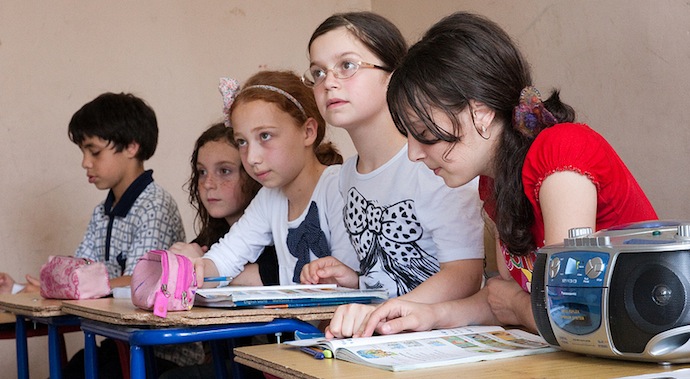William Phillis says he has seen a decent three dozen school money examines amid his six many years of training background, most as of late as executive of an alliance of schools that initiated lawful activity against the state for neglecting to satisfactorily subsidize schools.
They included, he stated, one in January 1991 by a joint advisory group driven by then-Sen. Sway Cupp, which expressed that the equation’s per-student financing “should have some sensible relationship to the expense of a quality, fundamental program … ”
Phillis affirmed Tuesday on the most recent endeavor to make an appropriate school-financing plan, and that equivalent Sway Cupp, presently an agent from Lima, sat and tuned in. Cupp, alongside Rep. John Patterson, D-Jefferson, went through over a year with administrators and treasurers building up the new arrangement, and the two are presently leading a subcommittee gathering blog.
“It may not be impeccable, however it is definitely a leader of-the-class exertion in both procedure and item,” Phillis said of the arrangement, calling it “sound in technique and satisfactory in the variables used to decide the expense.”
“It has the capability of changing the course of government funded training in Ohio,” he said.
That is high acclaim from a man who has once in a while given it while pushing officials to discover a recipe that appropriately disperses income and, progressively critical, is completely subsidized.
A few top government funded instruction affiliations and a main school-financing master ventured up Tuesday to affirm on the new Cupp-Patterson plan, which looks to fix the present framework, where in excess of 80 percent of locale are not getting what the equation recommends.
Jennifer Hogue of the Ohio Educational committees Affiliation said she found numerous things to like about the arrangement, for example, figuring what it expenses to instruct a normal understudy, direct subsidizing of contract schools, dispensing with the present financing top, and better endeavors to pay for transportation and vocation tech.
Be that as it may, Hogue stated, “We have genuine letras about how this proposition will affect understudies in destitution, especially those going to urban regions over the state.”
Hogue noticed that of the 71 areas getting no new cash one year from now, 19 are among the least fortunate in the state, and about 70 percent of the understudies in those locale are minorities.
“Its a well known fact that Ohio has training dissimilarity hole. This hole is aggravating,” she said. “Considerably more should be done in this financing proposition to push toward shutting the instruction divergence hole that exists for these gatherings of understudies.”
Howard Fleeter, lead investigator with the Ohio Training Approach Foundation, likes what the proposition is endeavoring to do, however stated, “A portion of the areas on the assurance (getting no new cash) are very worried to me.” That incorporates the eight noteworthy urban regions, four of which would get no extra financing one year from now, and four more that would get far less per understudy than the state normal.
Fleeter noticed that the recipe would altogether build the base subsidizing and cash coordinated for low-salary understudies, and would straightforwardly support contract schools, never again deducting their sums from the main concerns of customary schools, which additionally siphons away neighborhood charge dollars.
“You have three things in this recipe that should give urban areas more cash, but then when you take a gander at the printout (of per-region financing), not one is notwithstanding getting a normal state increment the main year,” he said.
Fleeter indicated two likely reasons. Urban areas have all the earmarks of being affected seriously by the manner in which understudies are tallied under the new equation — barring contract and private voucher understudies. While computing neighborhood property and salary riches per understudy, expelling a large number of understudies from the condition makes an area look altogether wealthier.
“The region isn’t any unexpected today in comparison to it was three weeks back, yet it appears to be extremely unique on paper,” he said.
Also, Fleeter stated, the present equation, regardless of every one of its blemishes, might work for certain locale. In any case, the new estimation for deciding how much neighborhood cash should pay for the expense of training basically requires what might be compared to 22.5 factories for each locale. Fleeter thought about whether a sliding scale, something like 17 to 23 factories dependent on destitution, may work better.
Fleeter said there might be real reasons why New Albany would get an extra $855 per student more than two years, well over the state normal, yet “It doesn’t make a difference what the reasons are the point at which you take a gander at what that locale can offer their children, and take a gander at these areas that have these children in neediness. There’s simply no examination.”








